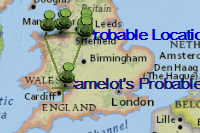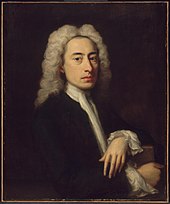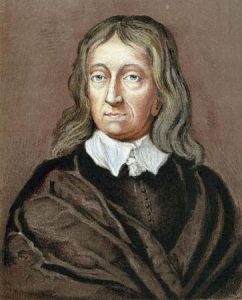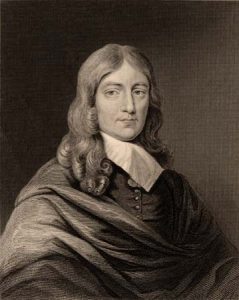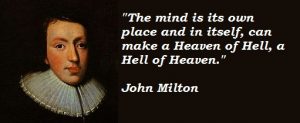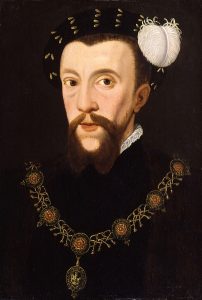
Henry Howard, Earl of Surrey, was born in Hunsdon, Hertfordshire, England in 1517, as the eldest son to Elizabeth Stafford and Thomas Howard, the duke of Norfolk. Being a descendant of kings from both sides of his family and the eldest son of an important duchy, Howard was raised amongst nobility at Windsor Castle, where historians believe he wrote a majority of his poetry. He became childhood friends with Henry VIII’s illegitimate son Henry Fitzroy, Duke of Richmond, who was also present during his stay at Windsor. Throughout his formative years, Howard was described as brave and prideful, stemming from the vast wealth, powerful political family, and sense of noble “obligation” he was born into. Despite his aristocratic upbringing, he was imprisoned multiple times for crimes such as “striking a courtier” and “breaking the windows of sleeping townspeople” (Norton 661). John Barlow remarked that Howard was “the most foolish proud boy that is in England”. After spending time at the French court with the king, Howard served as a the “Lieutenant General of the King on Sea and Land” during Henry VIII’s wars with France.
Henry Howard’s family had many rivals due to their stance in the political landscape of the time. His father and Henry VIII were both members of the old Catholic aristocracy, whose rule was beginning to be challenged by a wave of reformationist Protestant leaders such as Thomas Cromwell and the Seymour family. After returning from his service in France, Howard found the dying king surrounded by such enemies at court. He further angered the Seymours by blocking a marriage between the two families and asserting that the Howards were the rightful successors of Henry VIII. Paranoid and deathly ill, Henry VIII seen these actions as Howard’s attempt to usurp his throne, and ordered for Henry to be executed under the charges of adultery and treason. He was imprisoned in the Tower of London, beheaded in 1547, and buried in a tomb at Framlingham Church in Suffolk, England.
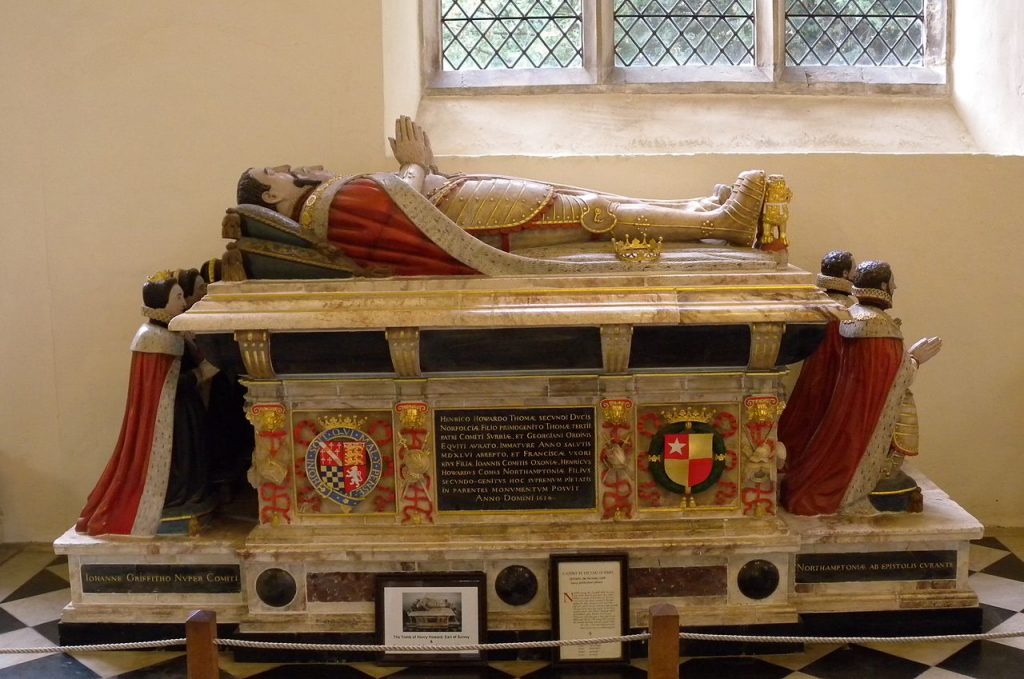
Henry Howard was one of the most influential poets on the coming centuries following his death. Alongside Sir Thomas Wyatt, Howard is credited with creating the sonnet format that utilized unrhymed iambic pentameter which Shakespeare would go on to immortalize. His translations of Virgil’s Aeneid were also recognized as the first time the blank verse style was used in the English language.
Works Cited:
The Life of Henry Howard, Earl of Surrey (1517-1547). (n.d.). Retrieved October 26, 2017, from http://www.luminarium.org/renlit/henrybio.htm

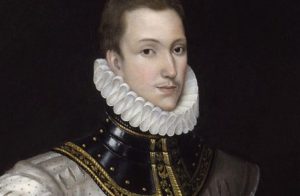
 Sir Phillip Sidney’s grave
Sir Phillip Sidney’s grave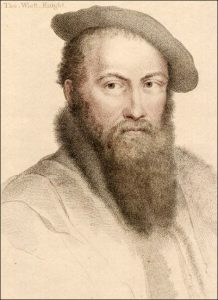
 “I leave off therefore,
“I leave off therefore,
